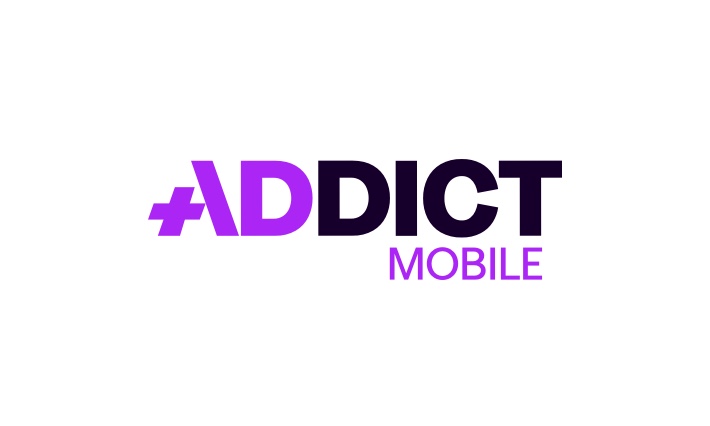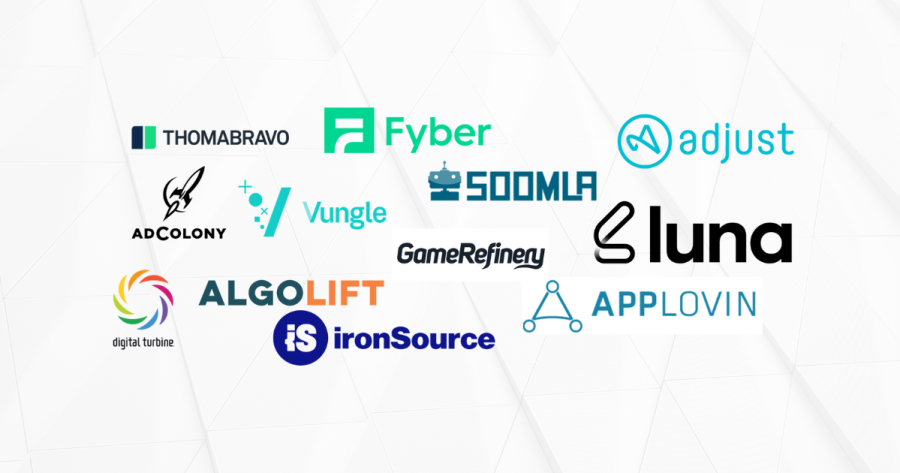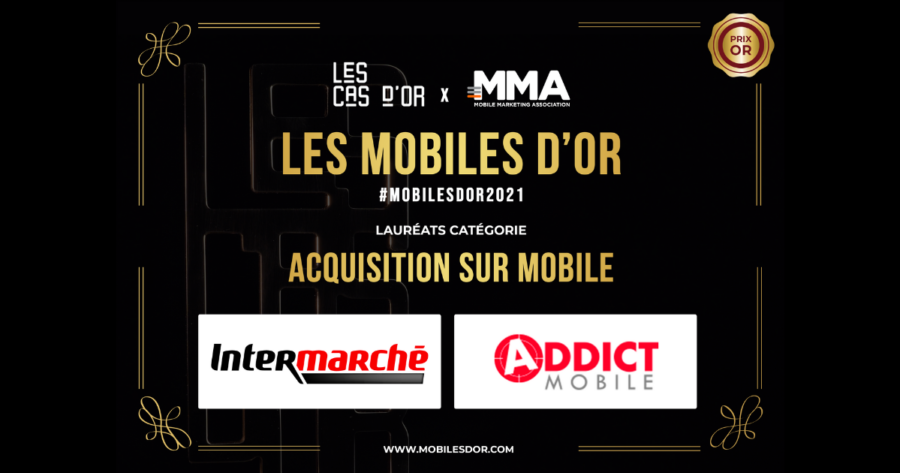How various mobile ad formats compare in terms of performance?

Banners
Banners (static or animated) are the most popular advertising format, generally covering 1/5th of the screen and being displayed at the top or bottom. They also include a “call to action” button to convert clicks into actions (download, subscription, purchase, etc.). Click through rate (CTR) is generally between 0.8% to 1.5%.- Advantages: Available on all screens, large volumes, the cheapest format.
- Drawbacks: the message is limited by the short space. Moreover, most users develop an unconscious resistance to the banner, called “banner blindness” syndrome. To overcome the lack of space and better attract attention from users, animated banners display up to three consecutive images in one banner.
Native advertising
Native advertising matches the form and function of the platform on which it appears. Thus, users handle advertising as a new content in their information flow. For example: Facebook Ads, Twitter or Yahoo, sponsored content from media stream, etc.- Advantages: less intrusive than other formats & better CTR (between 1% and 3%)
- Drawbacks : multitude of formats, requiring to adapt advertising on a case-by-case basis.
Interstitials
Interstitials are visuals that cover the entire screen. They appear at key moments during navigation (opening, browsing between pages, etc.), and require a user action: click button to close the ad or swipe to move to the desired content.- Advantages: Thanks to a larger space and broader message, exposure and memorization rate are higher than on banners. Click through rate (CTR) can reach 4% on quality traffic. Interstitial may also offer animated & interactive content (rich media).
- Drawbacks: very intrusive format. In addition, high CTR that may result from the difficulty to close the interstitial.
Videos
Video is a very popular format on mobile. During 15 or 30 seconds, the viewer experiences what we would get when clicking on the “call-to-action” button (mainly downloading the app), resulting in deep understanding of the advertised product. The message should be written in text due to the fact that video ads are often muted on mobile (many mobile users are listening to their music). Closing rules vary from allowing the viewer to skip the ad right from the start, to 3-5 sec mandatory viewing. Video ads are sometimes incentivized, rewarding users with virtual goods when watching the ads all the way to completion.- Advantages: higher user engagement resulting in better conversion rates (click> download and even click> in-app actions). In addition, share buttons at the end allow user to post the as on social networks, bringing virality potential.
- Drawbacks: technical constraints (users need to have a good wifi or 3G / 4G connection), it is the most expensive format, often charged at CPV (cost per view), which makes the calculation of the CPI (cost per install) more difficult.
How to choose ad formats and optimize the performance of the campaign?
You should select the ad formats depending on your campaign objectives. For instance, if the main objective is to acquire large volumes of downloads, banner and native ads are the most adapted formats. However, if the goal is to achieve a high brand memorization rate, rich media (animated banner or interstitial) or video are much better. If the ultimate objective is to be profitable in the short-term, the best is to focus on CPI (cost per install) formats.
To achieve high volumes while keeping relatively low prices, it is essential to diversify acquisition sources as much as possible and use a mix of different formats.
Beyond the format choice, it is necessary to adapt the visual to all screen sizes (100+). Stretching a banner to make it compatible with all screen sizes is not a good idea: the result will not be attractive and the campaign might lose its credibility. Usually it is necessary to create twenty different visuals by adapting graphical objects for each visual (picture, text, button, etc.): a very long and tedious job. Addict Mobile technology could save you considerable time by creating several visuals in all sizes just in one click and automatically repositioning the graphic objects at the right place for each visual.
 Example of banners with similar CTR (0.95% and 0.92%) but with different click-to-install rates: 24% and 14%.
Example of banners with similar CTR (0.95% and 0.92%) but with different click-to-install rates: 24% and 14%.
Once you have all visuals in all sizes, it is crucial to perform A / B testing. We usually create between 10 and 15 visuals for the same campaign to compare their performances against various audience group. Even when two banners have similar CTR, they can have different click-to-install or click-to-in-app-action rates.
Technologies such as Addict Mobile can help you automate management of A / B testing campaigns to ensure a positive ROI.
ACTUALITÉS
Article en relation

Cityscoot rolls out its app across Europe and…
Cityscoot is the number one service for self service electric scooters. Launched in 2016 in Paris, the brand has rapidly expanded to...
Publié le 7 April 2021
The mobile app ecosystem is consolidating!
The latest major changes in the mobile app ecosystem (privacy, Apple’s ATT Framework, maturity of advertisers.) are forcing players in the mobile ecosystem...
Publié le 1 April 2021
Addict Mobile was awarded during the event Les…
During the event Les Mobiles D’Or, we have been given the award for Mobile Acquisition. It rewards the success of the partnership between...
Publié le 29 März 2021
